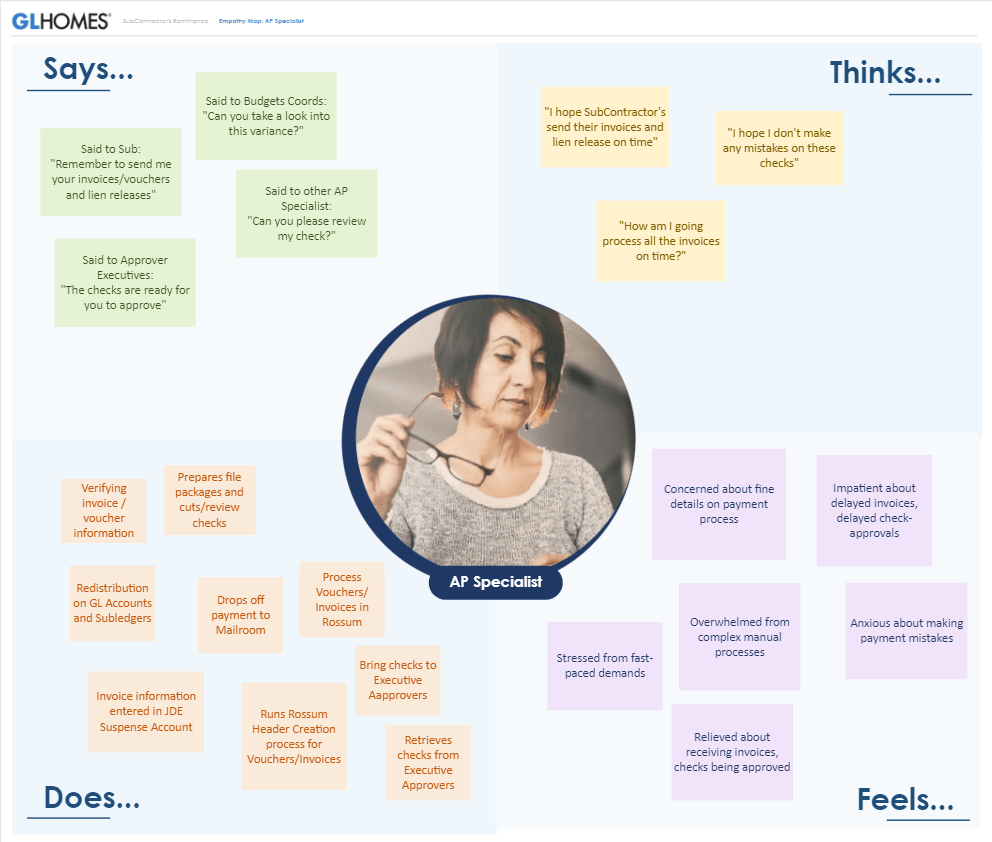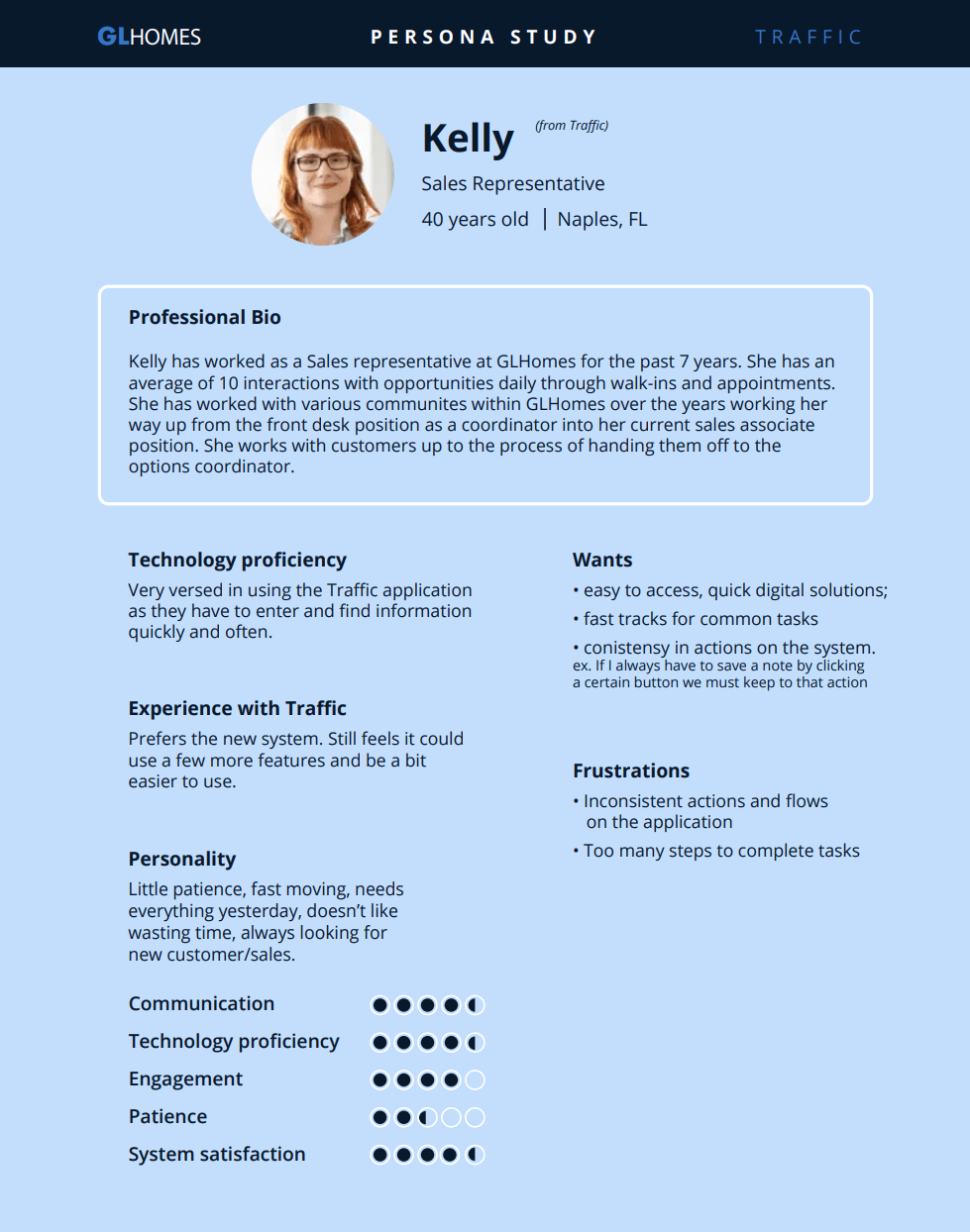Summary:

Empathy Maps
Once you've studied and interviewed your users, you'll need to immediately process that information while it's still fresh. A great excercise for doing this is an empathy map. Empathy maps are usually divided into 4 quadrants. What the user says, does, thinks, feels.
What great about this exercise is you can quickly see where a quadrants conflict helping you find key business improvement opportunities. For example, a user may say they love your website but never click to purchase your product.
User Journeys
User journeys also known as customer journeys are a great way to drill into the research details to understand your users motivations and painpoints at various stages during which they interact with your product.
Tracking the users actions, thoughts, pains the moment they hear about your product until they own and even promote it gives a clear indication of gaps in the user journey and opportunities for improvement.

Event Storming
Event Storming workshops are a great way to get Subject Matter Experts, Developers, Scrum Masters, UX Specialists, etc all on the same page. These sessions can cover general processes or focus on a scope. The goals is to think in terms of commands (actions/inputs), views, events (past tense changes), and processes.
These sessions are most successful when everyone participates. They can be done in person by getting everyone in a conference room and providing them with colored sticky notes that correspond to their category. Another option is to use Miro for virtual event storming sessions.
Start by defining the process to map. What are the steps (in detail) that will take us from the beginning to the end. Don't leave anything out. Even sending an email is a command with email sent being the event. These are important to note as a UX Designer and a Developer will need to be prepared to design and build this feature on a potential application.
Event storming sessions are also a great way for scrum master to get the skeletons for their user stories. Each command and correspondin event will results in a use case that will require research, design, testing, development, and qa.


User Personas
Think of a user persona as a bio for your user. It's a quick ID card you can reference to remind you of your end consumer. This artifact comes in handy with cross-functional teams such as Business Analysts and Developers as it's an easy way to gain empathy and support for your designs and user behaviors. Being able to add humanity to applications is a strength for UX specialists but without gaining business value buy-in, will fall to the way-side. Therefore, it's important to clearly state your use case with data, research and, supporitive UX principles.
User personas should contain as much detail needed for anyone to gain a solid idea of your users daily habits, motivations, and concerns. From this artifact I should be able to design interfaces that take into consideration my users main goals and demographics.
Process Mapping
In my professional experience, I've noticed an overlap between Enterprise Architects and UX architects. There is a clear stream of communication between these two professions. While they have differing naming conventions, they tend to end up at the same solutions. This is why I've included Business Process Mapping as one of my core UX Artifacts.
This is a great way to map the business events and system commands. Think of it as a shared language between Business Intelligence and UX. Being able to architect systems in this manner allows the UX Sepcialist to think beyond the surface and make connections with the development platforms as well as the business goals.
